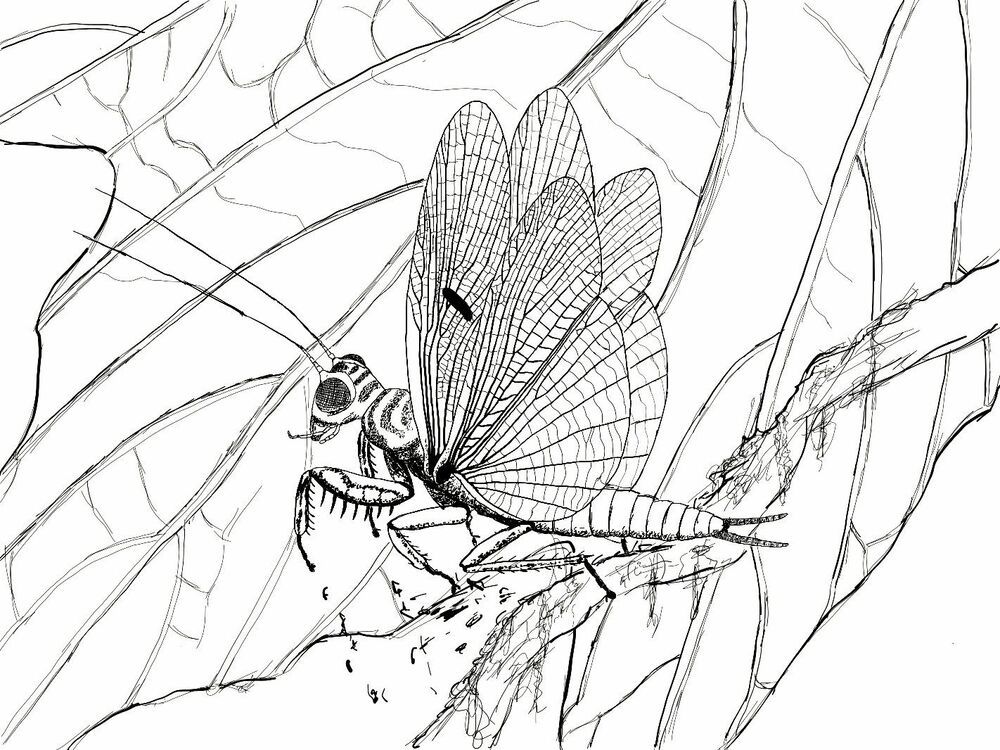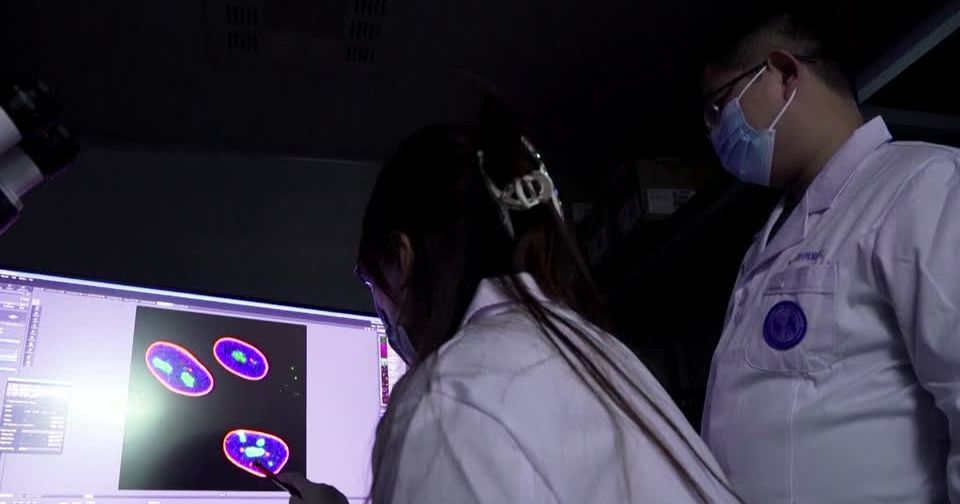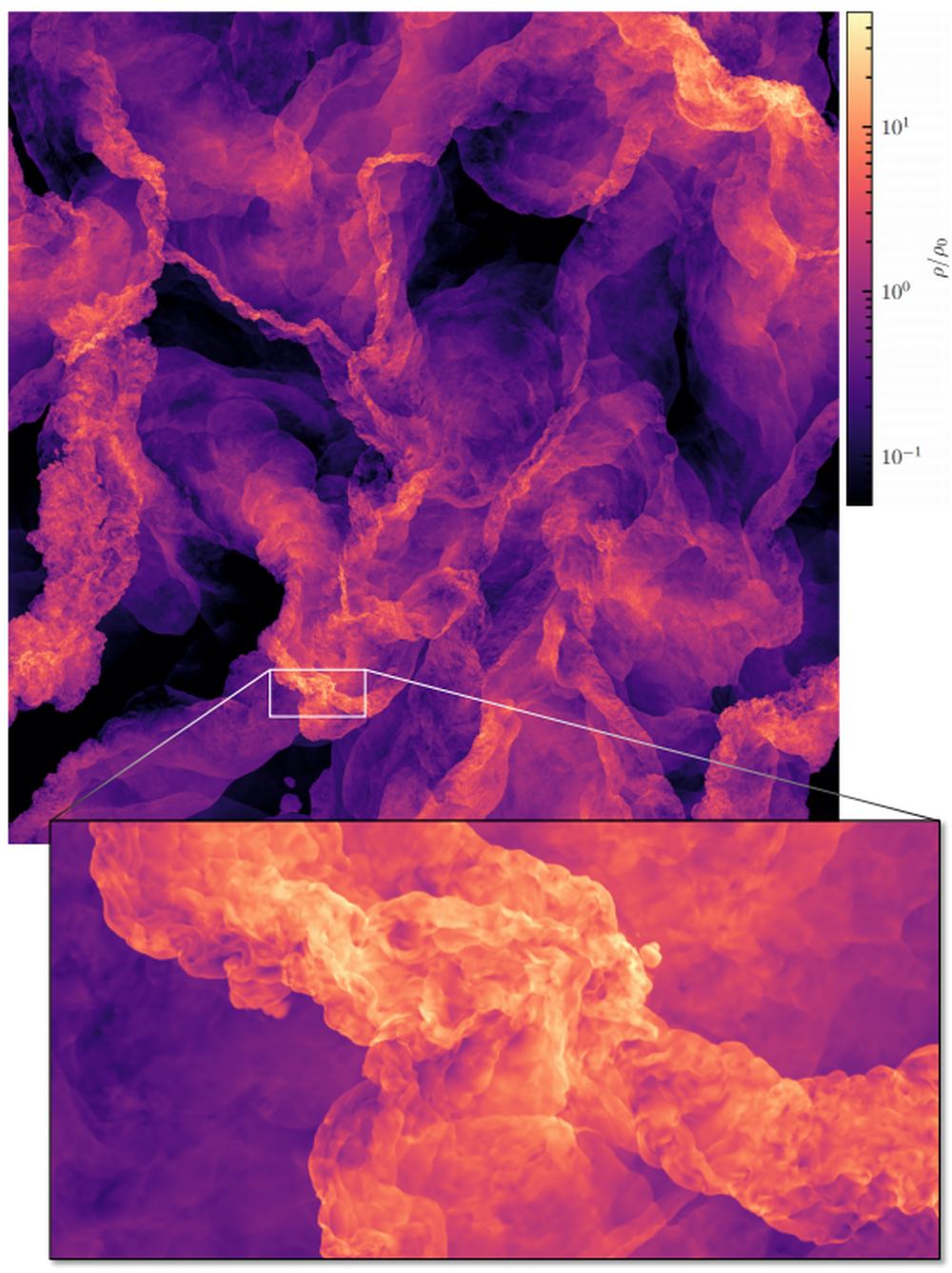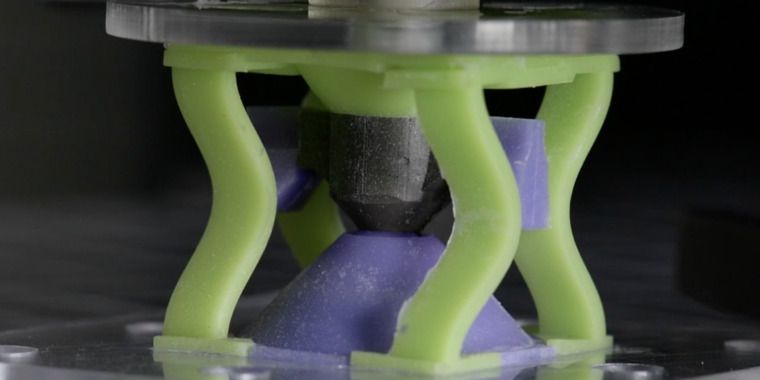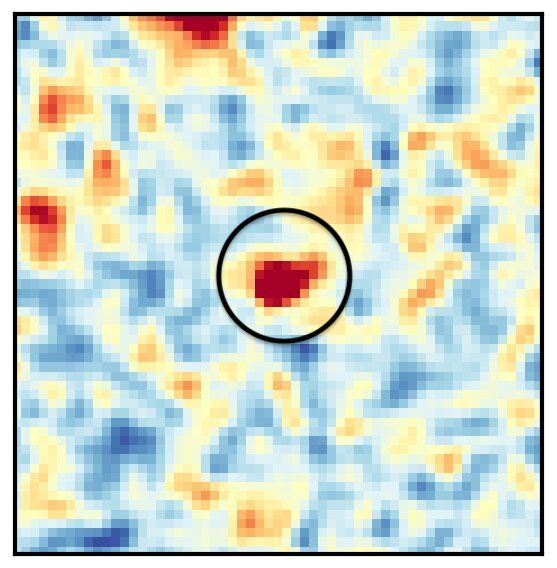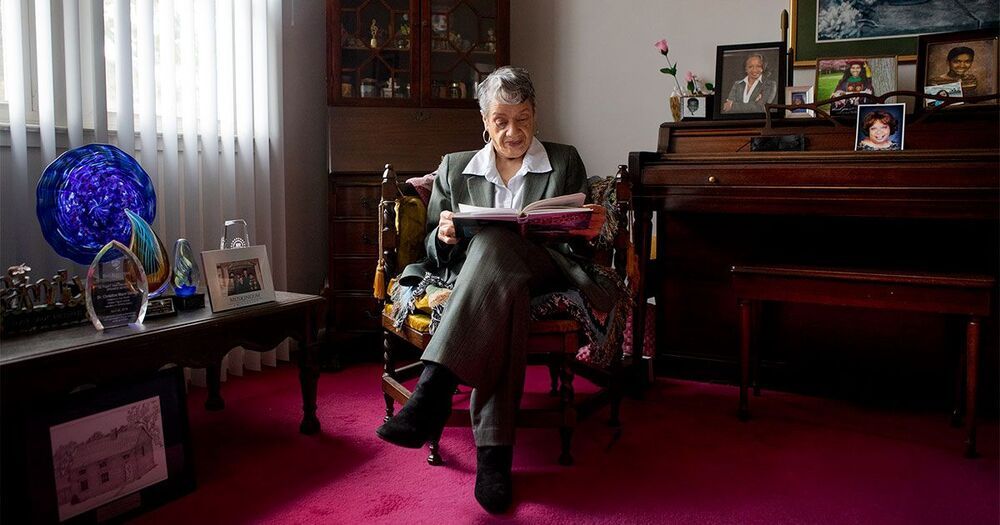Jan 21, 2021
Designing customized ‘brains’ for robots
Posted by Saúl Morales Rodriguéz in category: robotics/AI
Contemporary robots can move quickly. “The motors are fast, and they’re powerful,” says Sabrina Neuman.
Yet in complex situations, like interactions with people, robots often don’t move quickly. “The hang up is what’s going on in the robot’s head,” she adds.
Perceiving stimuli and calculating a response takes a “boatload of computation,” which limits reaction time, says Neuman, who recently graduated with a Ph.D. from the MIT Computer Science and Artificial Intelligence Laboratory (CSAIL). Neuman has found a way to fight this mismatch between a robot’s “mind” and body. The method, called robomorphic computing, uses a robot’s physical layout and intended applications to generate a customized computer chip that minimizes the robot’s response time.


